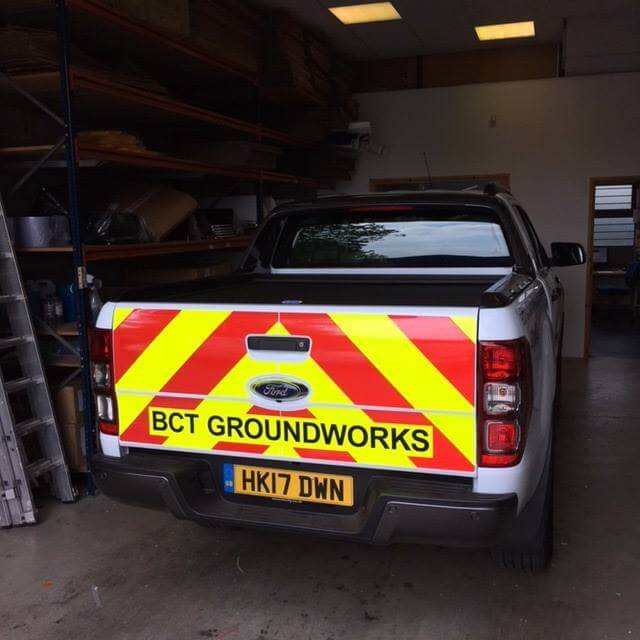
Sometimes car chevrons can damage the body or paint of your auto, become difficult to remove, or come off over time. What to do if you need to hang a sign, but choose a reliable one? Magnetic Chapter 8 Chevrons will help you.
Advantages of magnetic chevrons:
- no glue or harm to the body
- wraps the car within 1 minute
- magnetic chevrons can be placed even in the cold (regular film requires above-zero temperatures)
- remove magnetic chevrons – 30 seconds (for example: before washing a car, or when insistently requested by police officers) and it’s just as easy to return the magnetic chevrons to their place
- these chevrons can be made with a retroreflective effect (they glow in the beams of headlights, like road signs)
- the magnets hold firmly – up to 150 km/h the air flow does not tear off the magnetic fridges from flat surfaces
Does it make sense to use thicker magnetic material than 0.8mm for large magnetic chevrons?
According to experience, it does not: as the thickness of the magnet increases, the weight of the chevron increases proportionally, and more magnetic force is used to hold more weight. The price will increase, but there will be no winnings. Large magnetic chevrons stick to vehicles, if the surface of the side of the vehicle is metal.

What size can large chevrons be?
In general, the maximum length is 6 meters, the maximum magnetic chevron kits height is 60cm. What if you need a chevron more than 60 cm in height, for example 80 cm? The chevron is usually made from two fragments (40+40 cm or 60+20 cm), which are joined on a flat surface (for example, on a fence gate) into a single image.
Restrictions on the use of magnetic chevrons:
- mainly used on flat body elements due to the limited flexibility of the material. For a curved surface, classic applique or airbrushing is more suitable.
- should not be used on freshly painted surfaces to avoid adhesion to fresh, unstabilized paint.
- cannot be used on parts of the body that can heat up above 40 degrees Celsius (for example, the hood over the engine without thermal protection).
Recommendations for the use of magnetic chevrons on cars and their storage:
Place on a clean surface (if small debris gets between the magnet and the body, the magnetic material will “sit” around it and bumps will appear on the outside of the chevron above all the grains of sand trapped under the chevron).
Place on a dry surface (if you place it on a wet body after washing, then when the water under the chevron dries, the magnet may dry to the surface and peel off without damaging the chevron itself will be problematic).
If you get caught under a sprayer with a soapy solution: remove it and, before putting it back, wipe the surfaces dry (otherwise it will definitely “dry out” – see above about a wet body).

Before car wash, it is better to remove magnetic chevrons and wash them separately.
You can wash the chevrons with a regular soap solution without abrasive powders; after washing, rinse well to remove any soap residue and wipe dry.
When installed in winter
A magnetic chevron becomes less flexible in the cold and fits curved surfaces worse, so it is better to install the chevrons in a warm place (warm box, warm shopping center parking). Before driving out into the cold, make sure that the chevron fits tightly to the body everywhere without gaps.
Store magnetic chevrons between uses flat on a flat surface, do not roll them up or allow them to be heavily kinked.